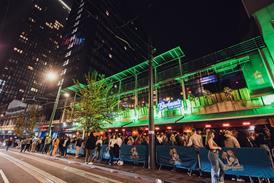Amazon Go is a 'game changer'
Amazon has elicited round-the-world interest in the launch of its long-awaited supermarket model, MCA asks what the implicatioins of the technology could be for foodservice.
Alternatively SUBSCRIBE for unrestricted access to all content. Contact us for more information


























